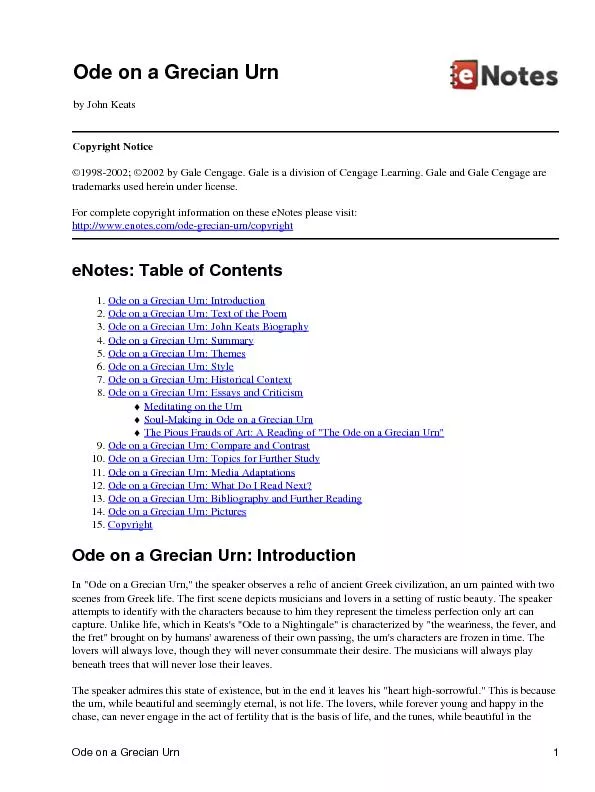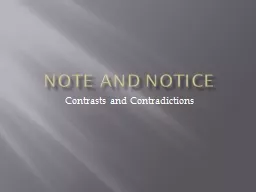PDF-by John KeatsCopyright Notice
Author : ellena-manuel | Published Date : 2016-04-20
timelessness silence and sound the static and the eternal151the urn in the end is a riddle that has teased thespeaker into believing that beauty is truth In life
Presentation Embed Code
Download Presentation
Download Presentation The PPT/PDF document "by John KeatsCopyright Notice" is the property of its rightful owner. Permission is granted to download and print the materials on this website for personal, non-commercial use only, and to display it on your personal computer provided you do not modify the materials and that you retain all copyright notices contained in the materials. By downloading content from our website, you accept the terms of this agreement.
by John KeatsCopyright Notice: Transcript
Download Rules Of Document
"by John KeatsCopyright Notice"The content belongs to its owner. You may download and print it for personal use, without modification, and keep all copyright notices. By downloading, you agree to these terms.
Related Documents














